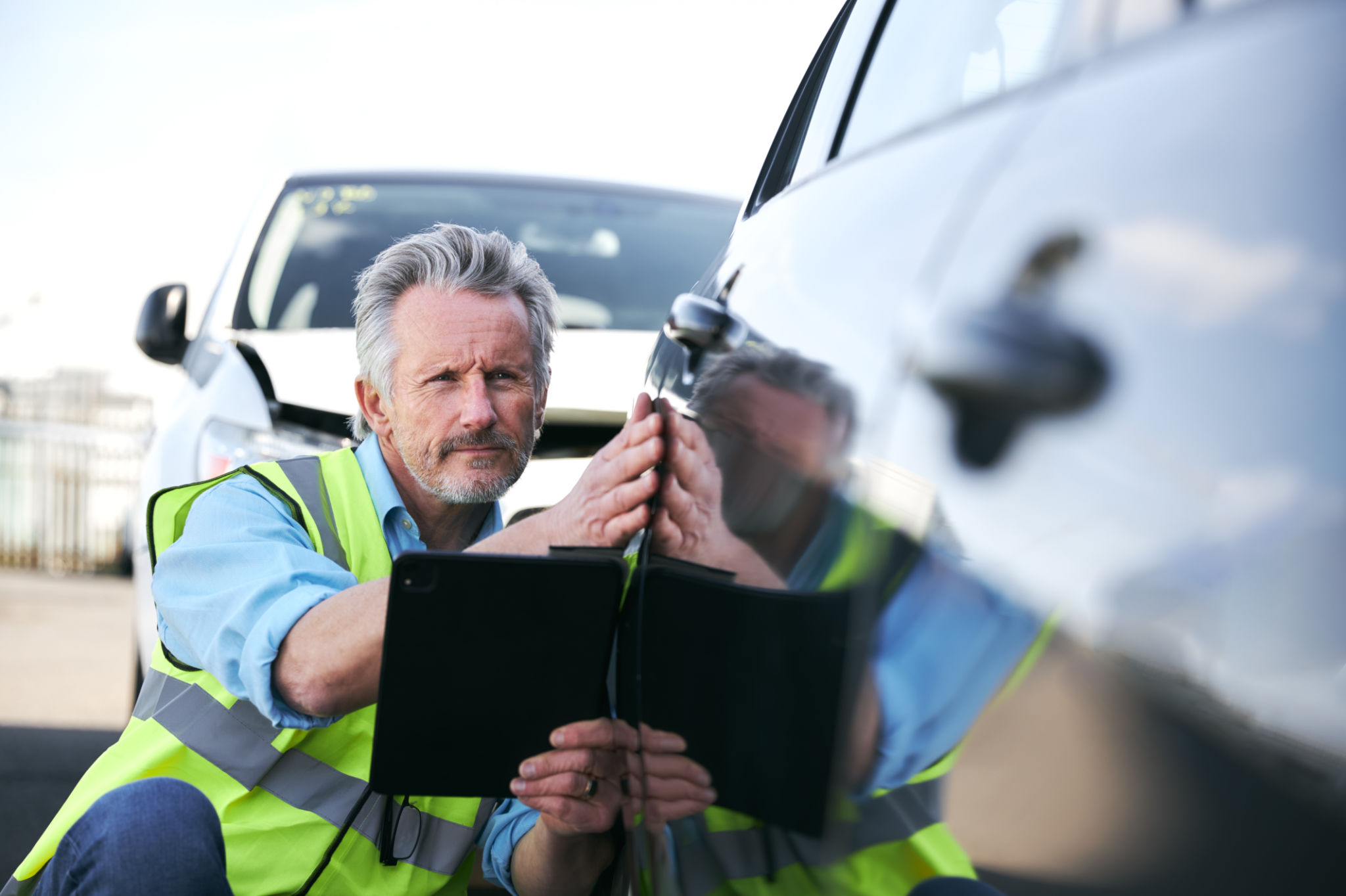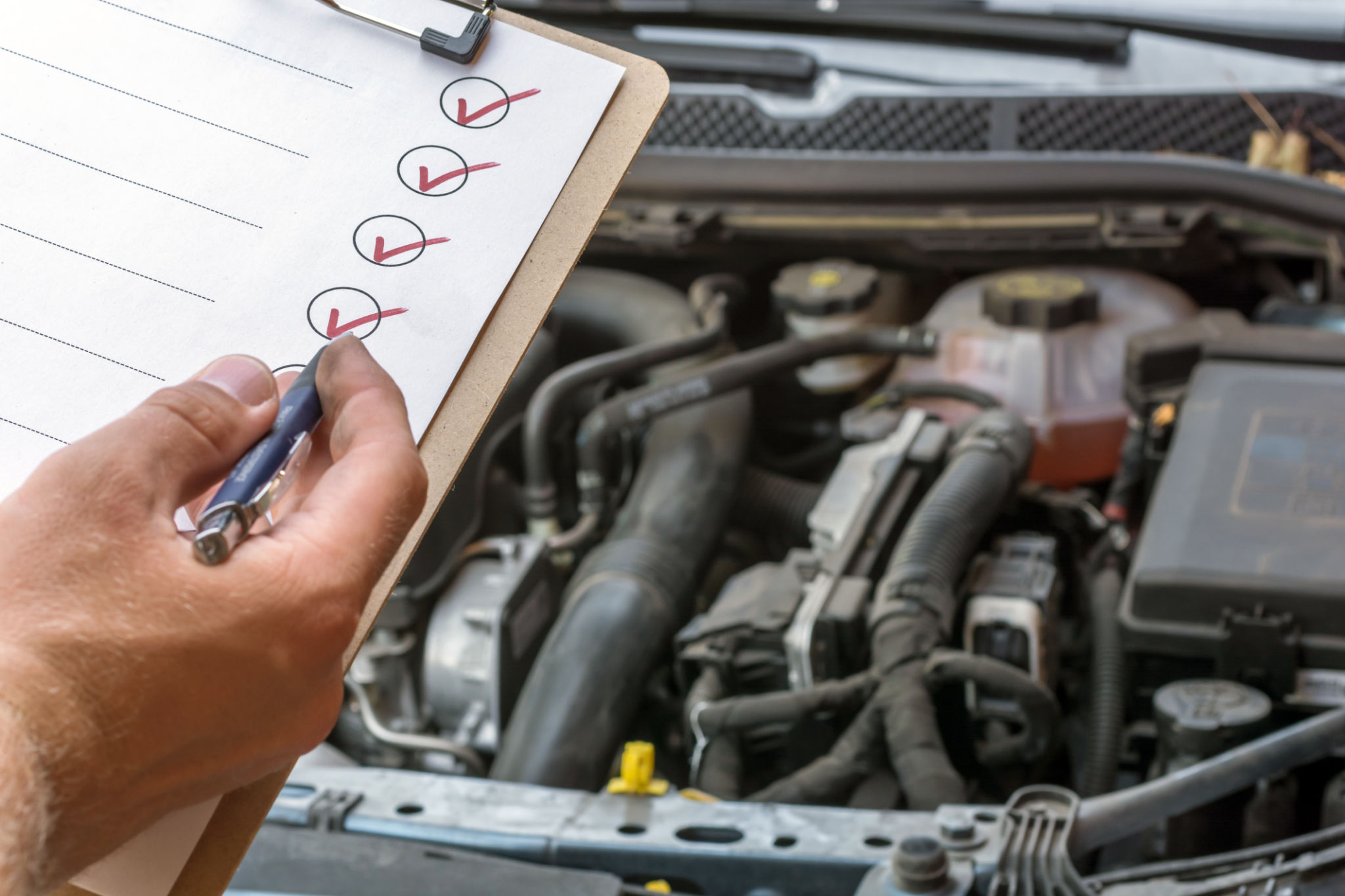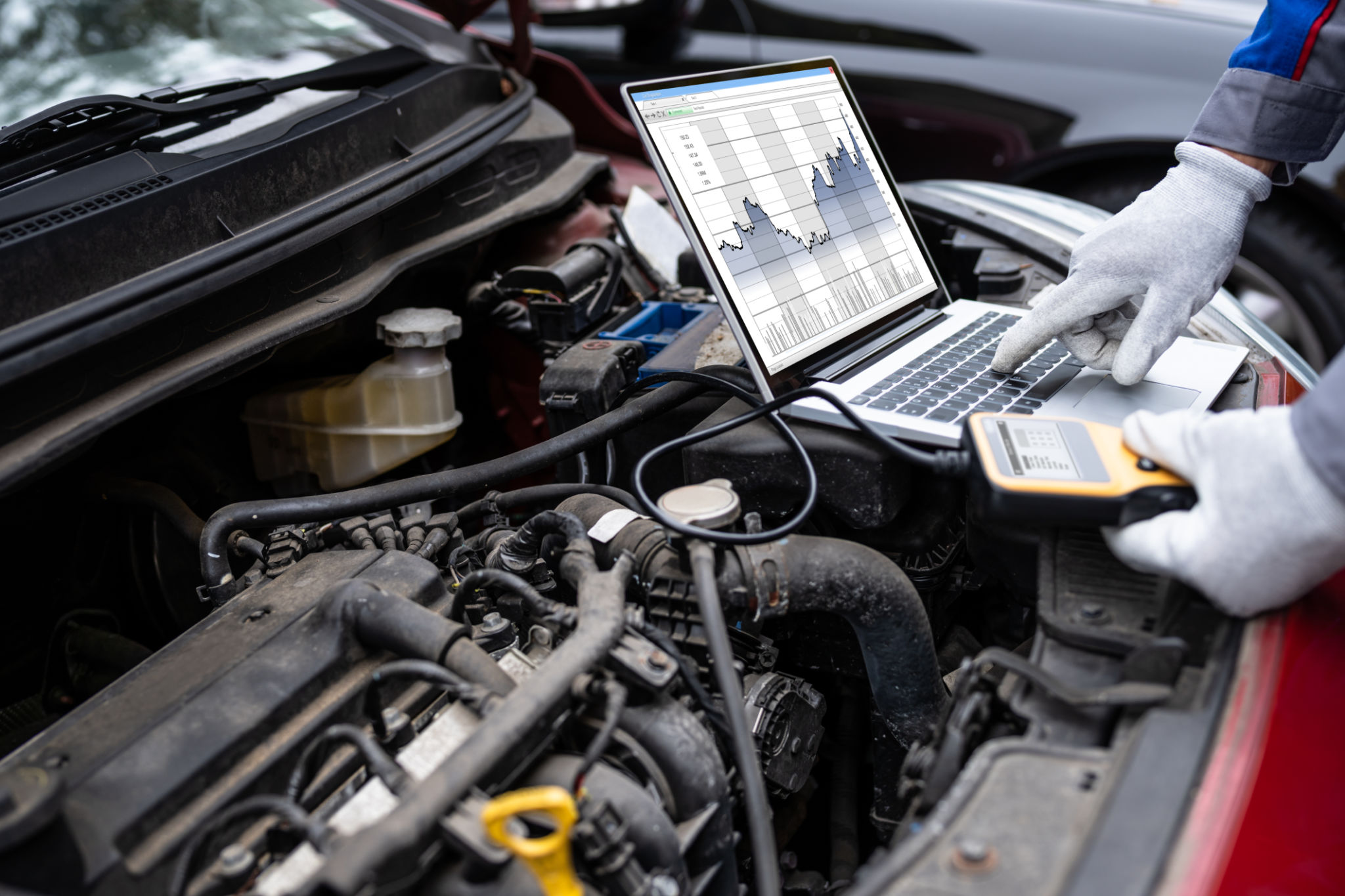كيفية استخدام أداة فحص أضرار السيارة: دليل خطوة بخطوة
Understanding the Basics of Car Damage Inspection Tools
Car damage inspection tools are essential for anyone looking to assess and document vehicle damage accurately. Whether you're a professional appraiser or a car owner, these tools can help streamline the inspection process. Using them effectively requires understanding their features and capabilities.

These tools typically consist of a combination of software and hardware components. The software allows you to record and analyze data, while the hardware might include devices like cameras or scanners to capture detailed images of the damage. The goal is to create a comprehensive report that highlights all areas of concern.
Preparation Before Inspection
Before you begin using a car damage inspection tool, it's crucial to prepare both the vehicle and the tool itself. Ensure your tool is fully charged and updated with the latest software version to avoid any technical issues during inspection.
Next, clean the vehicle to ensure all damage areas are visible. Dirt or debris can obscure dents, scratches, or other forms of damage, leading to inaccurate assessments. Additionally, make sure you have adequate lighting in your inspection area to capture clear and precise images.
Checklist for Preparation
- Charge and update the inspection tool
- Clean the exterior of the vehicle
- Ensure proper lighting conditions
Conducting the Inspection
Once your preparation is complete, you can start the inspection process. Begin by systematically examining each section of the vehicle. Using the inspection tool, capture images or videos of any noticeable damage. Be thorough and methodical in your approach to avoid missing any significant details.

Most car damage inspection tools allow you to annotate images directly. Use this feature to mark specific areas of concern on each image. This will help provide clarity when reviewing the data later and is especially useful when sharing reports with others.
Inspecting Specific Areas
- Exterior body panels
- Wheels and tires
- Underbody and chassis
- Interior damages
Analyzing the Data Collected
After completing the inspection and gathering all necessary images and videos, it's time to analyze the data. Most tools offer software features that assist in evaluating the severity of the damage. Use these tools to generate a detailed report that includes all identified issues.
This report can be invaluable for insurance claims or repair estimates. Ensure that your report is comprehensive and includes visual documentation for each point of damage. A well-prepared report can significantly expedite any subsequent processes.

Sharing and Storing Inspection Reports
Once your report is ready, you may need to share it with various stakeholders such as insurance companies, repair shops, or vehicle owners. Many car damage inspection tools offer cloud storage options, allowing you to access and share reports easily from anywhere.
Utilize these options to create backups of your reports as well. This ensures that you have readily available documentation for future reference or in case of disputes regarding the condition of the vehicle.
Conclusion: Maximizing Efficiency with Inspection Tools
Using a car damage inspection tool can greatly enhance your ability to assess vehicle damage accurately and efficiently. By following a structured approach and utilizing all features of your tool, you can ensure that every inspection is thorough and reliable.
Embrace these technologies to not only simplify your workflow but also improve the quality of your assessments. With regular practice, you'll become proficient in using these tools, making you an asset in any scenario involving vehicle evaluations.
